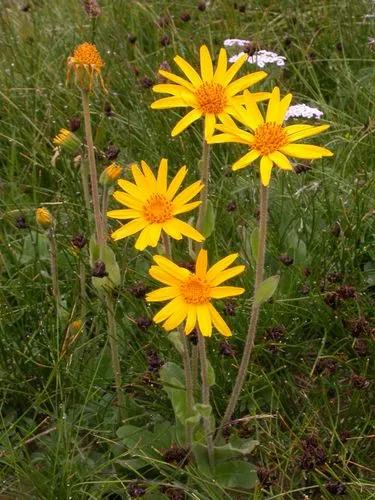It is a colourful plant that does particularly well on chalkland soil. The flowers which are purple have a richness and intensity to them. Even when grown in the garden without competition of grass it can look spectacular.In a wild garden or meadow it is definitely a chalkland or light soil plant. Clustered Bellflower (Campanula Glomerata) will not cope with rich or heavy soils or strong vegetation. It can grow in a meadow, ideally it wants to be in a place where the grass grows particularly thinly. On poorer soil it will not grow so tall but will still look attractive. It will grow well along side plants such as Cowslip, Birdsfoot trefoil and Musk Mallow
Clustered Bellflower Care
Campanula Glomerata



How to Care for the Plant

Water

New plantings should be watered daily for a couple of weeks. After that, depending on the weather and soil type, watering may be adjusted to every two or three days. Clay soils hold moisture longer than sandy soils, so expect to water more frequently in sandy settings.

Pruning

Depending on the flowering habit, snip off faded blooms individually, or wait until the blooming period is over and remove entire flower stalk down to the base of the plant. Removing old flower stems keeps the plant’s energy focused on vigorous growth instead of seed production. Foliage can be pruned freely through the season to remove damaged or discolored leaves, or to maintain plant size.

Fertilizer

Incorporate fertilizer into the soil when preparing beds for new plants. Established plants should be fed in early spring, then again halfway through the growing season. Avoid applying fertilizer late in the growing season. This stimulates new growth that can be easily damaged by early frosts.

Sunlight

Provide shade in very hot weather.

Soil

Well-drained, slightly alkaline soil.Best in slightly alkaline, fertile but well-drained soil.

Temperature

Lowest Temperature:-40° to -30°F (-40° to -34°C)

Popularity

561 people already have this plant 128 people have added this plant to their wishlists
Discover more plants with the list below
Popular articles






